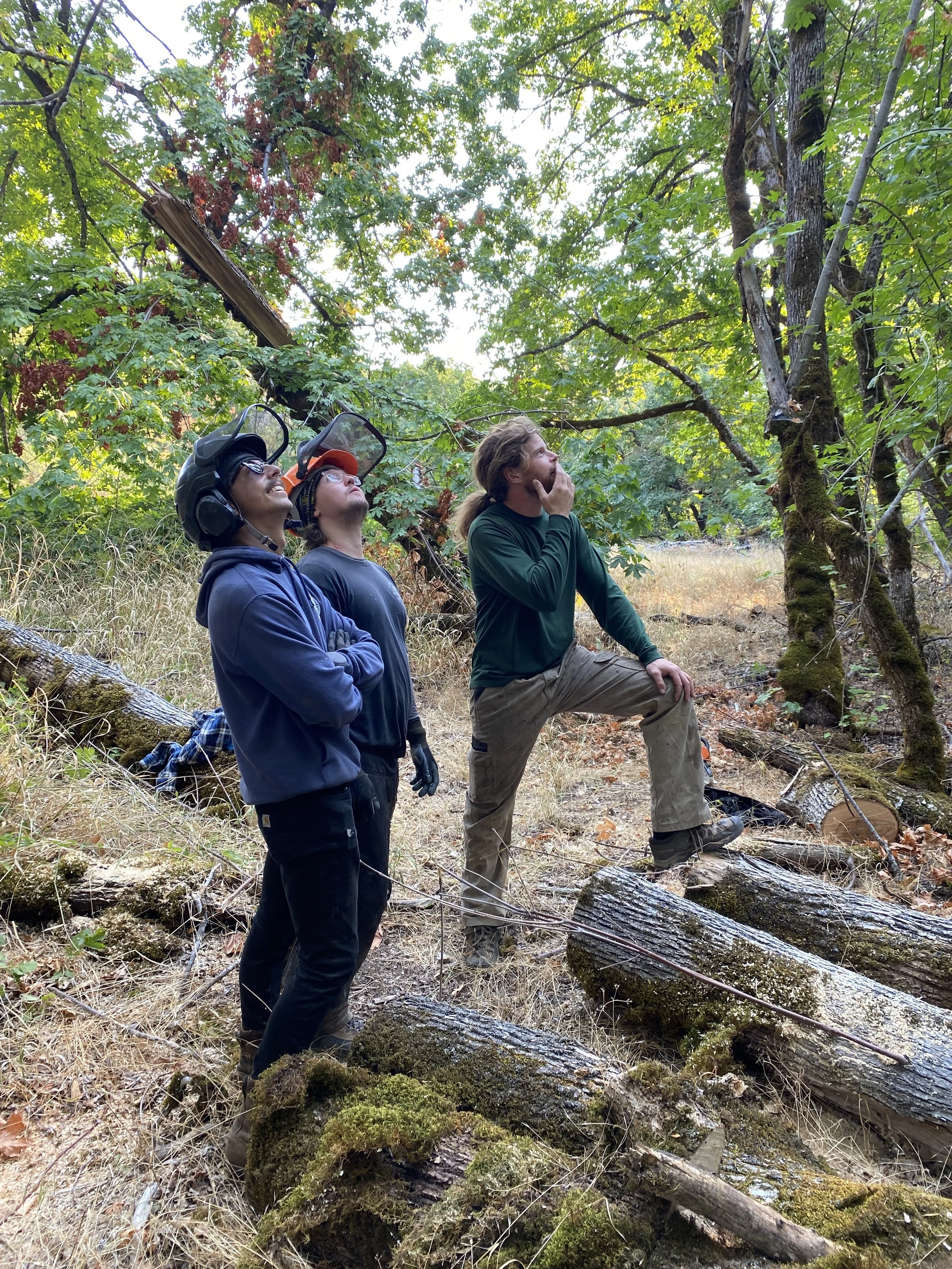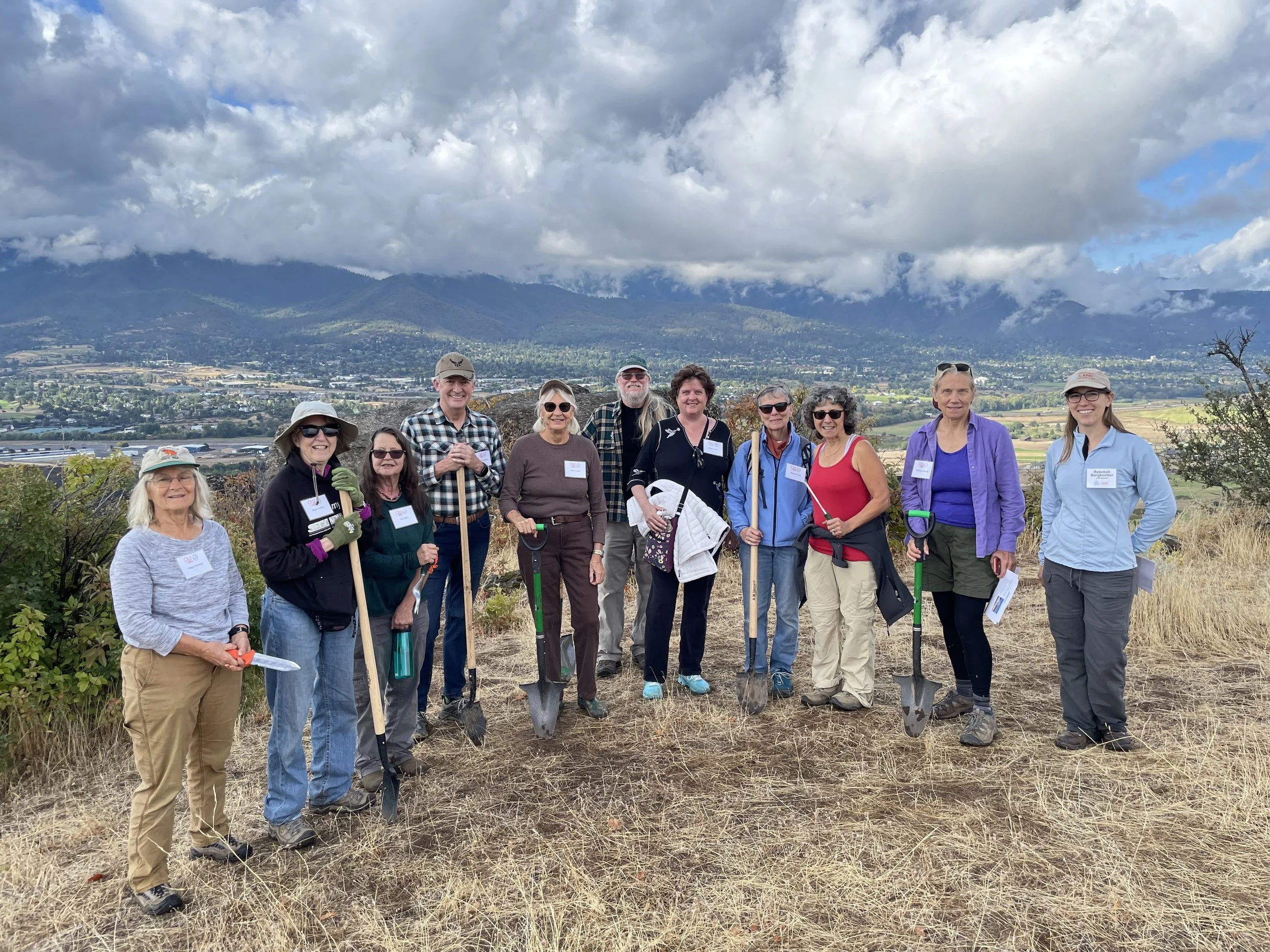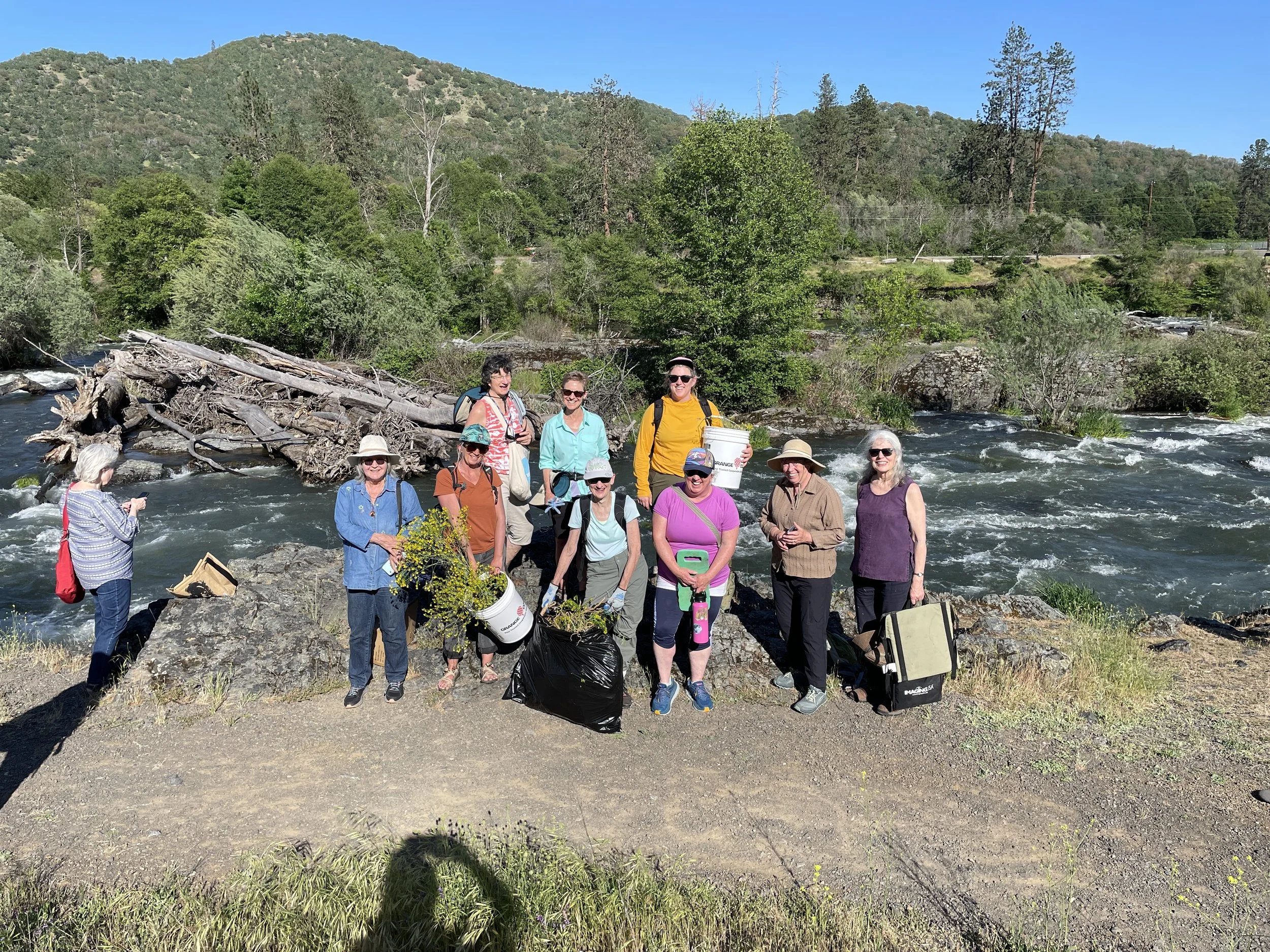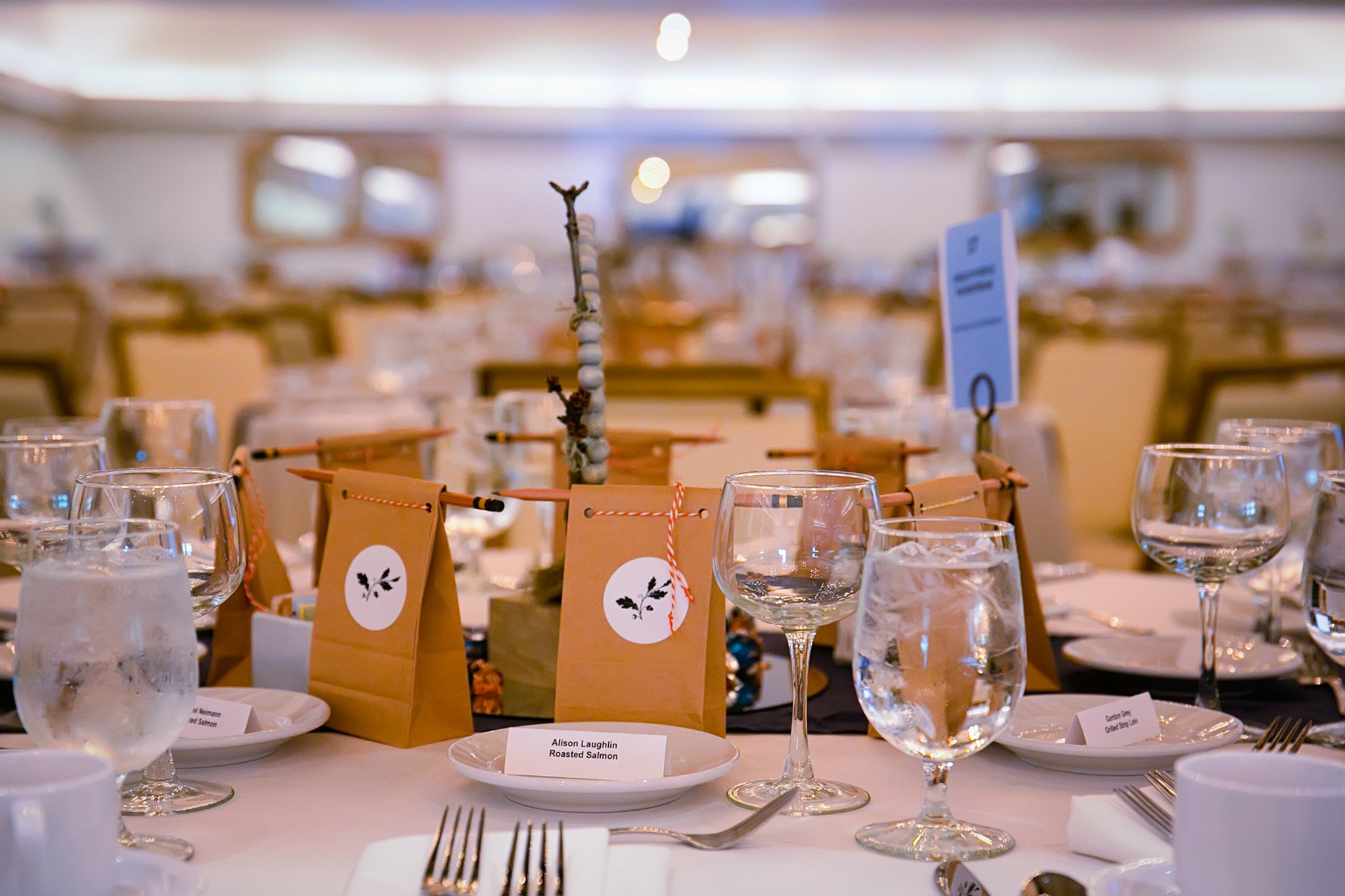We identified the animal to be a dusky-footed woodrat (Neotoma fuscipes). The animal was too big to weigh with the resources we brought. It weighed over 100 grams. We thought it was humorous how the woodrat fit just perfectly into the trap. The animal ate all of the bait food and was probably pretty content.
Dusky-footed woodrats are pretty interesting rodents. They build nests made out of sticks. Nearby the Sherman trap where we caught our dusky-footed woodrat, we found a nest that may have belonged to the one that we caught.
One researcher on the team, Kelsey, mentioned that she saw a lot of signs on the rocky cliffs that woodrats had lived there. While we saw stick nests belonging to dusky-footed woodrats, there was another sign that we noticed. A relative to the dusky-footed woodrat we caught, bushy-tailed woodrats (Neotoma cinerea) have highly acidic urine that stains rocks. They do this to mark their territory. Even though we didn’t catch a bushy-tailed woodrat in our study, we were certain that they were around due to the signs of them we saw in the rocks.
We also noticed that the dusky-footed woodrat had a large parasite on its neck. A couple other animals that the team had caught in the study were found to have had parasites on them, too.
In total, we captured five pinyon mice in the study (3 of which were female, with the mean weight being about 32.2 grams). We also captured one female California vole (Microtus californicus) that weighed about 45 grams.
It was such a great opportunity to visit Pompadour Bluff and find that pinyon mice were still present in the area. A member of the research team, Fiona, expressed that she was grateful to have discovered that the pinyon mouse population seemed to be healthy and stable. We learned that most of the small animals thrived on top of the bluff in the rock outcrops.
Pompadour Bluff is not only a scenic part of the Rogue Valley, but also a habitat teeming with thriving populations of small critters, from tiny pinyon mice to large dusky-footed woodrats.
I would like to thank Dr. Karen Mager, Dr. Michael Parker, the Southern Oregon Land Conservancy, and the research teams of both 1980 and 2023.






























